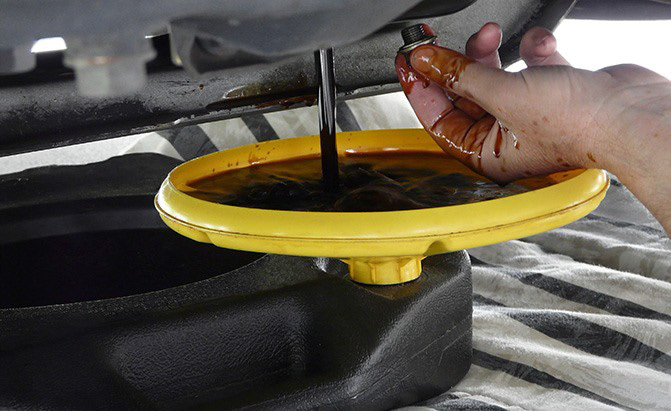
WHAT IS IT, HOW DOES IT WORK AND HOW TO CHOOSE THE LUBRICATING OIL FOR YOUR CAR?
It is very common for people to ask what type of lubricating oil they can put in their vehicle's engine. There is only one answer: consult your vehicle owner's manual. Through it you will find the right answer to choose the lubricant that will offer the best performance so that your vehicle is protected for much longer and has a much longer service life.
But what does the performance of a lubricant mean? To understand this dynamic, the definition of lubrication must be clear. View here for more info: royal purple vs mobil 1
Lubrication consists of applying a substance (lubricant) between two surfaces in relative motion, forming a film that prevents and protects direct contact between the surfaces, promoting a reduction in friction, and consequently wear and heat generation.
Lubrication is one of the main items of maintenance of engines and must, therefore, be understood and practiced for its conservation and maintenance of performance, allowing its proper use.
In general, the main components of motors that need lubrication are friction bearings, roller bearings, worm shafts, telescopic shafts, gears, chains, pistons, universal joints and pumps.
One of the basic properties of any lubricant is its viscosity, which refers to the flow resistance measure and is also related to the carrying capacity of an oil under continuous lubrication conditions, as there must always be an oil film completely separating the moving parts .
Based on this principle, the determination of application of the lubricant considers the speed of operation, that is, the regulations in force and the conditions of the environment and the load.
For many, lubricating oils should only reduce friction between moving metal parts of an engine, which in a way will reduce wear and increase the life of the engines.
Understanding the types of lubricants available on the market is important to understanding their mode of action.
Mineral oils are the result of refining crude oil and its additives. Widely used in older engines, being considered the most common engine lubricant on the market, but the one with the lowest durability.

Semi-synthetic oils contain, in addition to additives, a proportional combination of mineral and synthetic oils, with the best qualities of each one of them, reducing their cost. They are suitable for most engines on the market and have an average durability.
Synthetic oils are manufactured from a combination of synthetic base oils and additives, having more robust characteristics than mineral and semi-synthetic oils. They have greater durability and are ideal for vehicles with more modern and demanding engines.
But some features are universal, regardless of being mineral, synthetic or semi-synthetic, which provide the proper functioning of any thermal engine, which in our case we will consider the internal combustion engine (MCI).
The lubricant must have properties to reduce friction between moving parts, prevent material wear, eliminate oxidation processes and, above all, maintain the engine's thermal stability, which results in better performance and durability of the equipment.
Like internal combustion engines, lubricants are constantly evolving to meet the demands of increased power, torque and, consequently, the internal operating temperature, requiring greater heat dissipation capacity from the oil. Not least, it is also necessary to consider the aspects of viscosity, adhesion, water resistance and toxicity.
Among the qualities that a performance lubricant must have, we have reduced steam loss, reduced friction, chemical stability, longer lubrication interval, reduced wear, improved efficiency, resistance to problems caused by oil sludge and better oil performance. viscosity for high or low temperatures.
Thus, a performance lubricant is one that meets the technical specifications of the engine manufacturer, which is why we have rules and standards that must be followed according to the characteristics of their engines, where each assembler requires specific requirements to approve the lubricants that will meet the needs of its engines.
More technically speaking, the viscosity of a lubricant changes with engine temperature. The acronym SAE (translated from English, Society of Automotive Engineers) that is indicated on the package specifies the viscosity of the lubricant.

